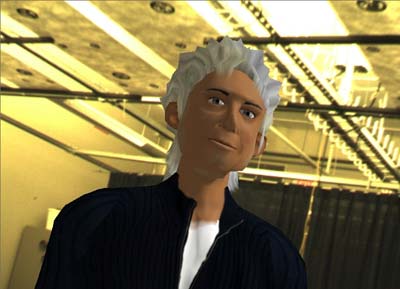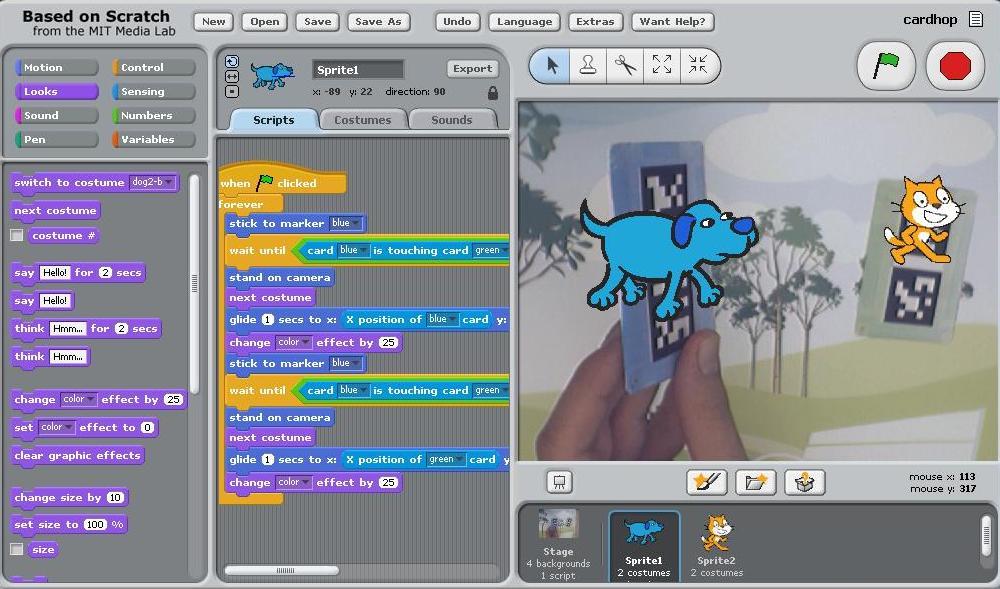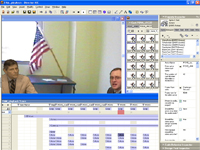
In our research, we believe that potential long-term impact of creative applications of AR is immense, especially as a medium for dramatic and narrative experiences in domains such as education and entertainment.
A guiding principle of our work is that we should build tools that allow experienced designers to leverage their existing design practices and tools, rather than expect them to develop new practices using our tools. This belief is based on our experience creating AR systems, and practical and theoretical lessons from the HCI, AR, Media Studies and Experience Design communities.
The history of media teaches us that both the designers and the consumers of a new medium approach it through the lens of those media they currently understand, a process known as remediation. Thus, we are initially adapting design practices (e.g., storyboarding, animatic video, etc.) and tools (e.g., from pencil sketches to programs such as Photoshop) used to design existing media to AR experience design.
We create tools that support common activities, such as rapid prototyping using informal content to promote reflective design, and experience testing using Wizard-of-Oz simulation. We are interested in understanding the computational abstractions necessary to support prototyping in the space between paper storyboards and fully working experiences. We believe that working with “computationally active” informal content in real physical spaces is the key to rapid design of experiential AR systems, and that dealing with the interactions between the physical and virtual worlds is what distinguishes AR design from other interactive system design.




Recent Comments